Open-back vs closed-back headphones: how do they differ?
Over-ear music production headphones come in two main flavours - closed-back and open-back - but what's the difference, and which is right for you?
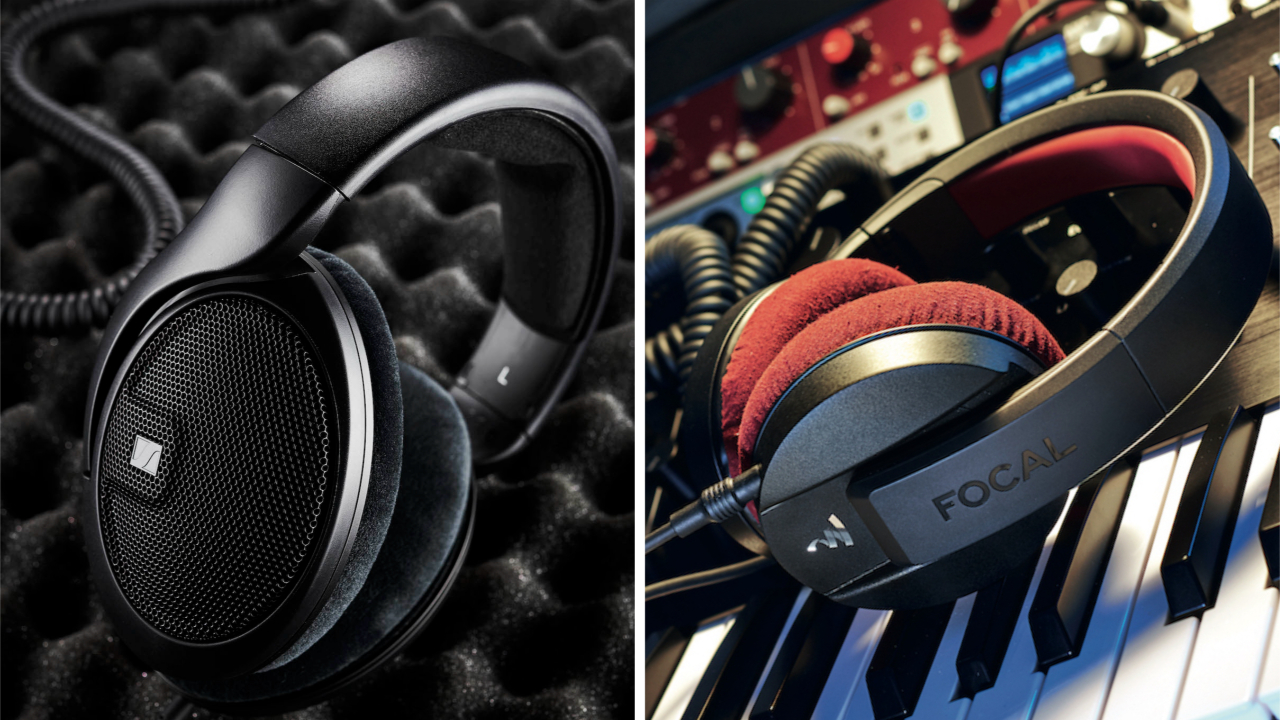
Whether or not you're into making your own music or just listening to someone else's, headphones are a truly indispensable tool. No music professional worth their salt would contemplate mixing a project without referring their mix to studio headphones at some stage. Plus, if you want to listen to music privately without disturbing those around you, headphones are an essential piece of kit.
However, there are so many different designs and types of headphones out there, that deciding what's the most suitable for your particular needs can be a bit of a minefield. This guide is here to help. We're going to examine the differences between the two most common over-ear (or 'circum-aural') headphone designs - closed-back and open-back - and try to help you decide on the best type for you.
The open-back vs closed-back headphones debate has rumbled on for decades, but both designs have their individual merits, and which one is right for you will depend very much on what you want to use your headphones for. So let's start by defining exactly what these two terms mean.
Closed shop
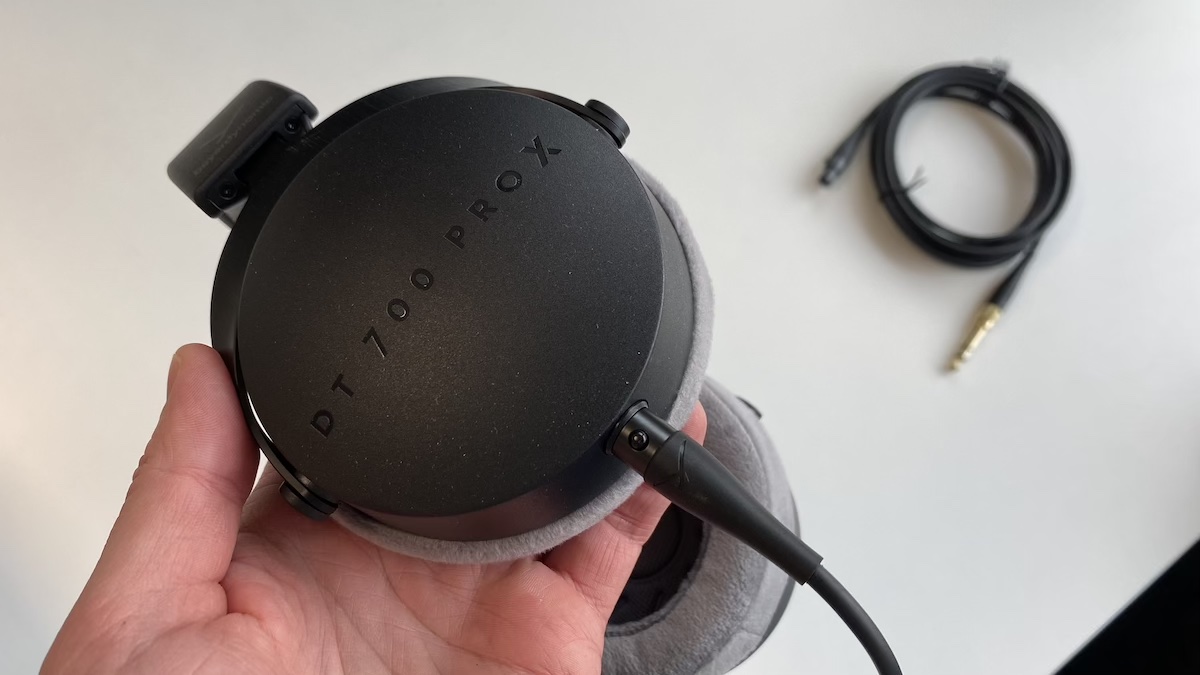
Closed-back headphones are so called because the back of the casing that houses the transducer and fits over your ear is completely closed off with a solid plastic shell. This has a number of benefits for certain applications, mainly in a studio setting; the solid casing helps to exclude external noise via what's known as passive noise cancellation. This just refers to the casing's ability to physically block out external sounds, making it easier to focus on what you're listening to. It also prevents sound leaking out, making the closed-back design a firm favourite for recording booths. When recording with microphones, there's always a risk that the sound of the backing track will leak out of the headphones and get picked up by the mics along with what you're trying to record, a phenomenon known as bleed or spill. Closed-back headphones reduce the risk of this happening, resulting in a cleaner recording.
On the downside, closed-back cans can be prone to an over-emphasised bass response due to a buildup of air pressure within the sealed casing, exacerbated by the pressure exerted on the sides of your head by the ear pads. Plus, because they’re so sealed-off, they can also make it sound as if the music you're listening to is coming more from inside the middle of your head than from around you.
Three of our favourite examples of closed-back headphones are the Audio-Technica ATH-M50x, Beyerdynamic DT 700 PRO X and Focal Listen Professional. Check out these and our other recommendations for the best closed-back headphones here.
Open for business
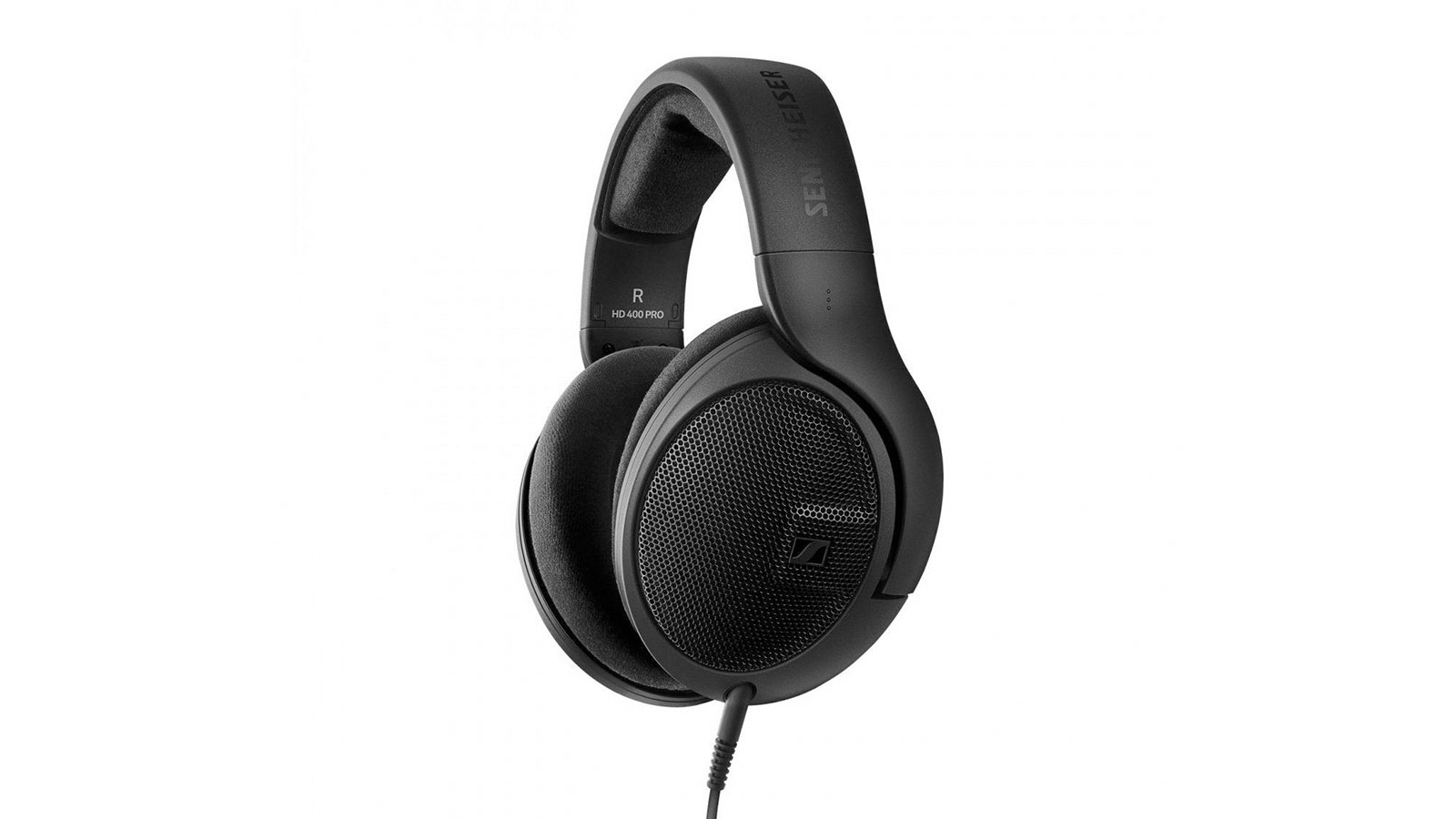
Open-back headphones get their name from the fact that the back of the casing that encloses your ear is ventilated to allow air - and therefore sound - to pass through. This gets around the air pressure buildup issue faced by closed-back designs, and manufacturers claim that this breathability results in a more natural, open sound with better stereo reproduction than closed-back types. This makes it feel as though you're in the same room as the musicians you're listening to, and that the music is surrounding you rather than coming from the centre of your head. They also tend to be a bit lighter on the whole than closed-back models, which may just give them the edge from a comfort perspective when worn for long periods.
Want all the hottest music and gear news, reviews, deals, features and more, direct to your inbox? Sign up here.
This feeling of natural airiness and width does come at a cost though, with sound leakage an inherent foible in the open-back headphone design. For this reason, open-back headphones may not be the best choice for use in the recording booth, as sound from your backing track can pass through the ventilated back of the casing and be picked up by the microphones. Similarly, they're not the greatest at blocking out sound when listening in a noisy environment like a coffee shop or on the train, or preventing your listening choices from being shared with your fellow passengers while on public transport.
What they are great for though is listening to pre-recorded music in a quiet environment, or mixing and mastering in the studio, with several open-back models from major manufacturers having been designed specifically for these purposes. There’s a reason why open-back headphones are very popular in the audiophile community.
Three of our favourite open-back headphone models are the Beyerdynamic DT 900 PRO X, Sennheiser HD400 Pro and the Philips Fidelio X3. Check out these and our other recommendations for the best open-back headphones here.
Semi final
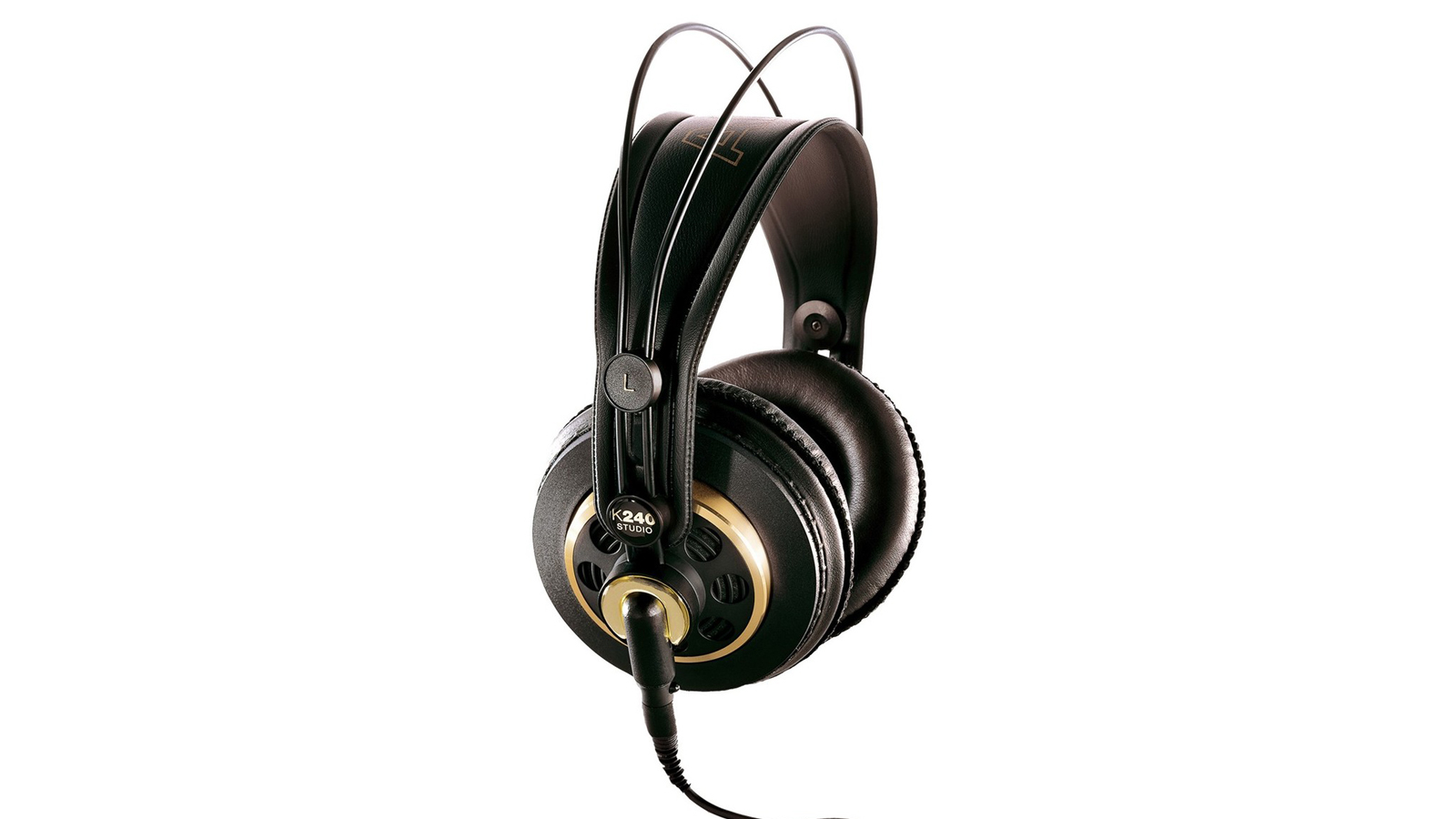
If you're really struggling to decide between the two types, there is a third option that has a foot in each camp, in the shape of the semi-open headphone. These tend to have only a few small vent holes in each ear cup, combining the studio practicality of a closed-back headphone with the more spacious feel of an open-back design.
Great examples of this type of design include the AKG K240 Studio and the Samson SR850, both of which are classed as semi-open headphones.
Decision time
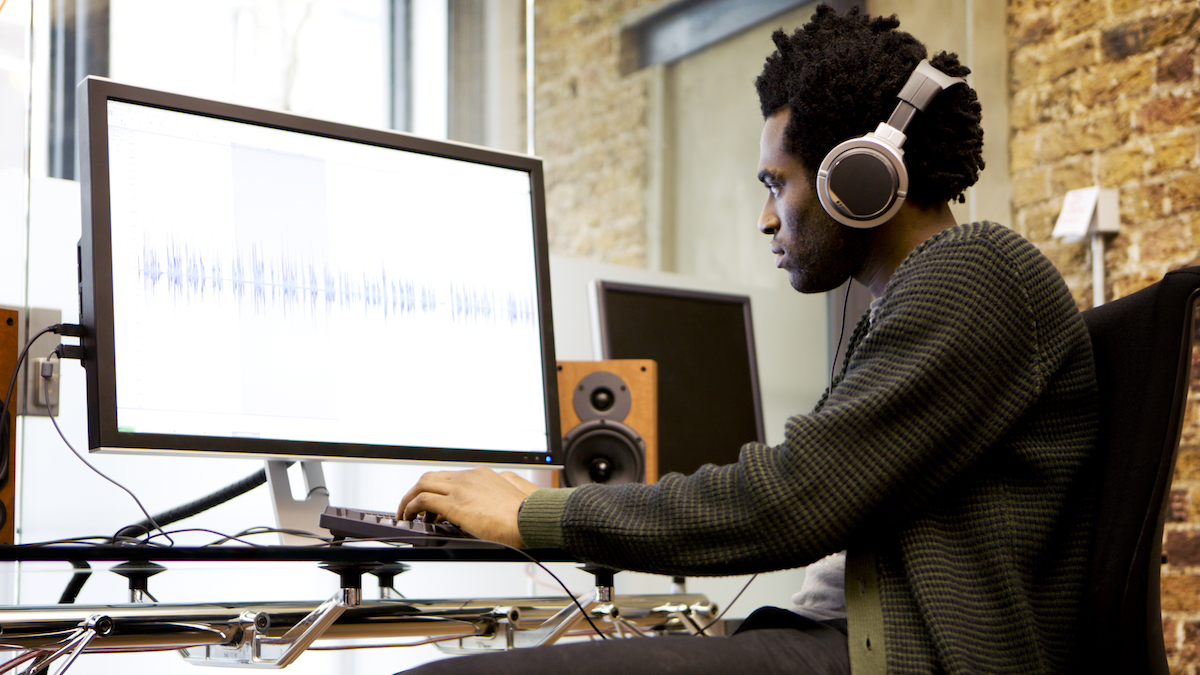
So the decision whether to plump for an open-back or closed-back model largely depends on the circumstances in which you’re going to be using your headphones. Since the main differences lie purely in the physical architecture, attributes such as frequency response and impedance that would normally be taken into account when choosing a pair of headphones aren't such a concern when merely trying to decide between open or closed-back. What needs to be considered more than anything else is the task you want them to perform and the setting you want them to perform it in.
If you want something to use in the studio both as a reference monitor headphone for programming and producing and as a set of cans to use while recording with microphones, we'd definitely recommend going for a closed-back design. If you need good isolation or work in a noisy environment, or if spill is going to be an issue, closed is the way to go.
If you're not so bothered about spill on your recordings, however, or don't do much in the way of live recording in the first place, you might prefer to reference your mixes and work on your tracks using a pair of open-back cans, due to their generally better stereo reproduction performance and open, natural sound.
For gaming, the choice is really whether you want intense bass and good ambient noise reduction - in which case we’d go for closed-back - or a more spatial sound and good air circulation - in which case open-backs might suit you better.
For casual listening in and around the home, open-back cans can deliver an immensely pleasurable experience, making you feel like you're in a lock-in with the band. It’s a very subjective area, but many people feel that open-back cans in general sound better because of their, well, openness. If you prefer a lot of bass and aren't so fussed about the enhanced stereo performance offered by open-backs, closed-back headphones are still a more than worthwhile option for everyday music consumption.
Finally, for listening on the move, if the more obvious choice of earbuds isn't for you, the closed-back design makes slightly more sense, as it will insulate you from the noisy environments around you while keeping your choice of listening material private. That said, if you're cycling, walking in traffic or in some other outdoor situation where you need to preserve a certain amount of awareness of what's going on around you, an open-back model might make a more sensible choice.
Dave has been making music with computers since 1988 and his engineering, programming and keyboard-playing has featured on recordings by artists including George Michael, Kylie and Gary Barlow. A music technology writer since 2007, he’s Computer Music’s long-serving songwriting and music theory columnist, iCreate magazine’s resident Logic Pro expert and a regular contributor to MusicRadar and Attack Magazine. He also lectures on synthesis at Leeds Conservatoire of Music and is the author of Avid Pro Tools Basics.
